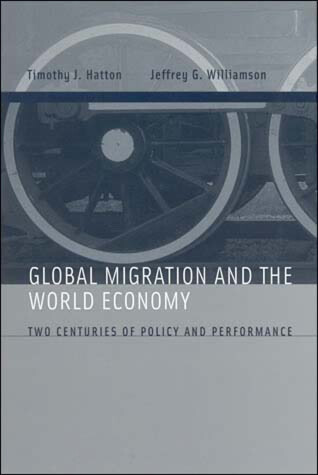The MIT Press
3 total works
Today's wide economic gap between the postindustrial countries of the West and the poorer countries of the third world is not new. Fifty years ago, the world economic order—two hundred years in the making—was already characterized by a vast difference in per capita income between rich and poor countries and by the fact that poor countries exported commodities (agricultural or mineral products) while rich countries exported manufactured products. In Trade and Poverty, leading economic historian Jeffrey G. Williamson traces the great divergence between the third world and the West to this nexus of trade, commodity specialization, and poverty.
Analyzing the role of specialization, de-industrialization, and commodity price volatility with econometrics and case studies of India, Ottoman Turkey, and Mexico, Williamson demonstrates why the close correlation between trade and poverty emerged. Globalization and the great divergence were causally related, and thus the rise of globalization over the past two centuries helps account for the income gap between rich and poor countries today.
Global Migration and the World Economy
by Timothy J. Hatton and Jeffrey G. Williamson
Global Migration and the World Economy covers two great migration waves: the first, from the 1820s to the beginning of World War I, when immigration was largely unrestricted; the second, beginning in 1950, when mass migration continued to grow despite policy restrictions. The book also explores the period between these two global centuries when world migration shrank sharply because of two world wars, immigration quotas, and the Great Depression. The authors assess the economic performance of these world migrations, the policy reactions to deal with them, and the political economy that connected one with the other. The last third of Global Migration and the World Economy focuses on modern experience and shows how contemporary debates about migration performance and policy can be informed by a comprehensive historical perspective.


